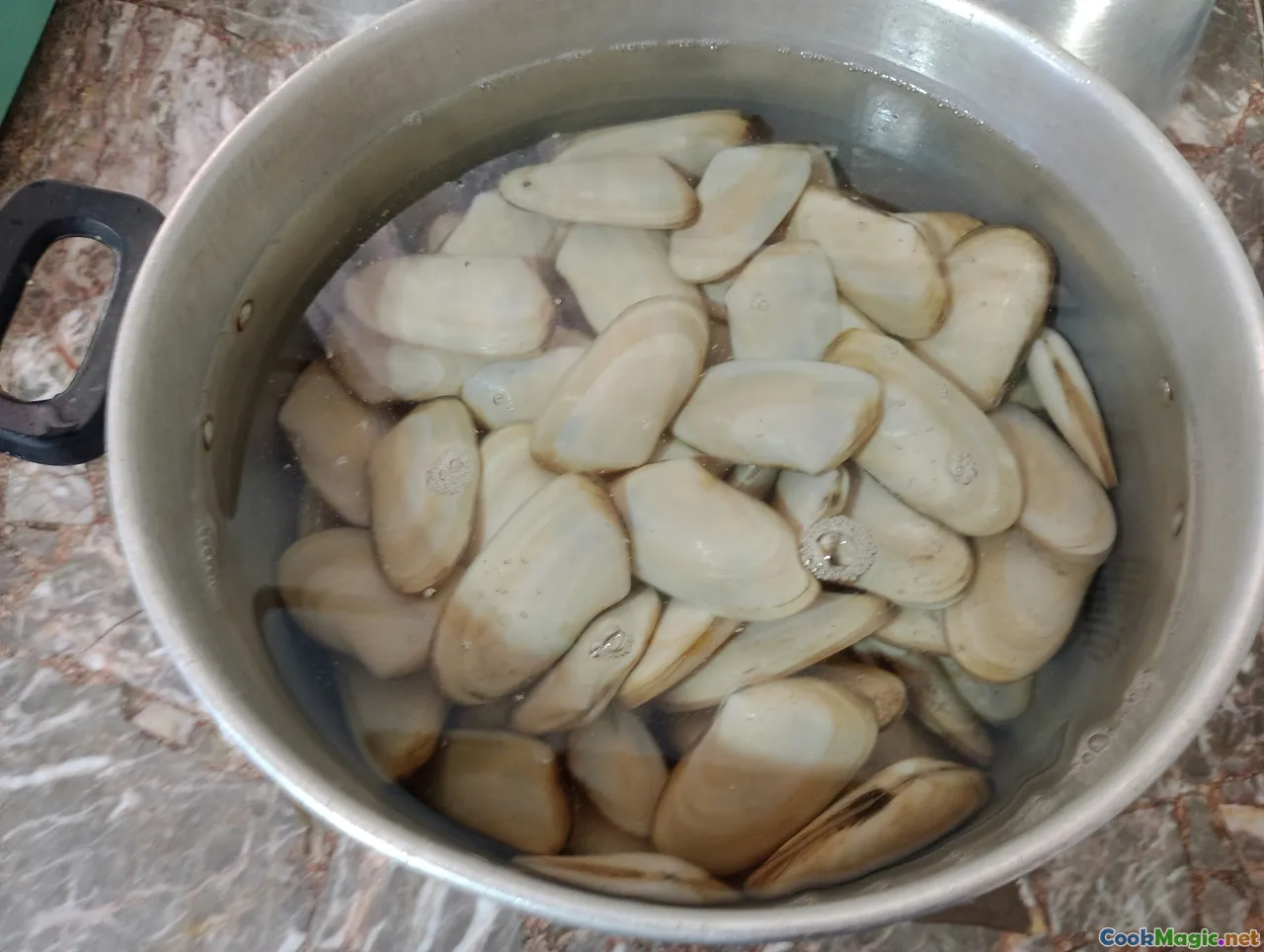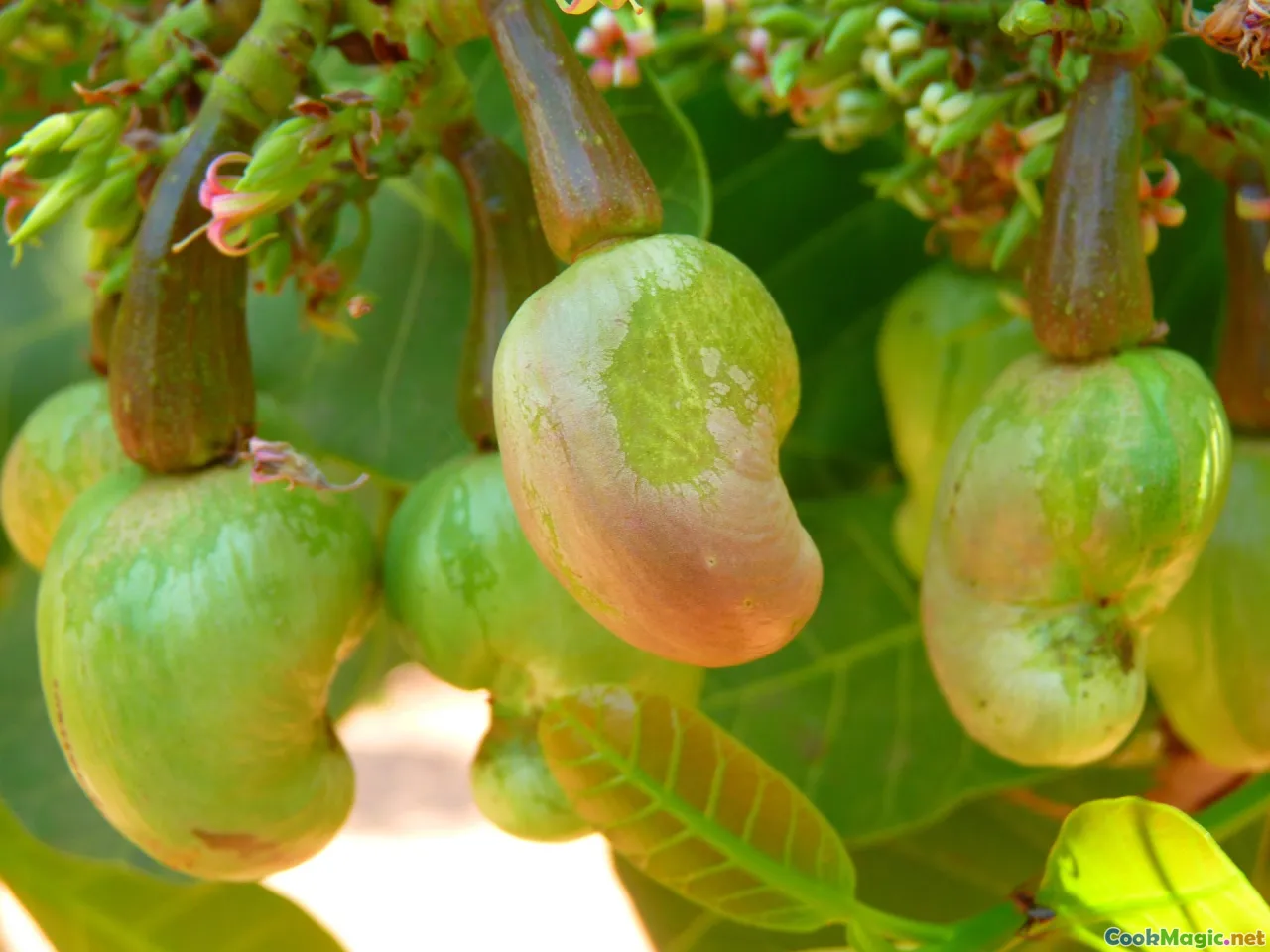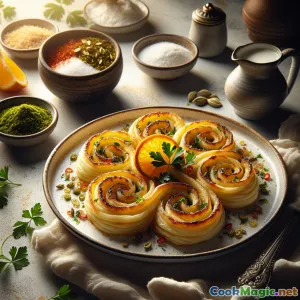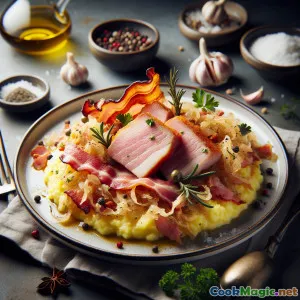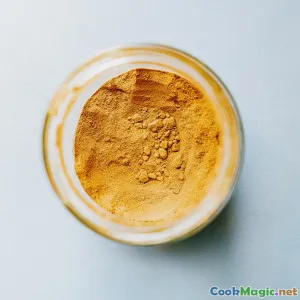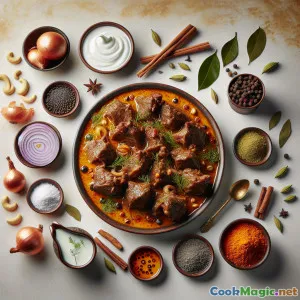
Scoperto il Curry di Agnello Bianco Reale Rajasthani
(Royal Rajasthani White Mutton Curry Unveiled)
(0 Recensioni)0
768
luglio 17, 2025
Segnala un problema
Ingredienti
-
600 grams Agnello (con osso)
(Chiedi pezzi di dimensione media; se possibile, utilizza ingredienti biologici.)
-
2 medium Purea di cipolla
(Cipolle bianche, di preferenza, purè finemente.)
-
60 grams Anacardi
(Ammollare e pestare fino a ottenere una pasta liscia.)
-
20 grams Semi di papavero
(Ammollato e macinato, ampiamente utilizzato nei sughi reali.)
-
120 grams Yogurt fresco
(Panna intera, ben montata.)
-
3 tbsp Ghee (burro chiarificato)
(Gusto autentico; si può sostituire 1 cucchiaio con olio.)
-
4 pieces Baccelli di cardamomo verde
-
3 pieces chiodi di garofano
-
1 inch piece Stecca di cannella
-
6 pieces Grani di pepe nero
-
1 piece Foglia di alloro
-
2 tbsp Pasta di zenzero e aglio
(Fresco, preferibilmente fatto in casa.)
-
100 ml Latte
(Aggiunge cremosità.)
-
1 tsp Polvere di pepe bianco
(Per riscaldare senza colorare.)
-
1 pinch Noce moscata
(Grattugiato fresco, opzionale ma consigliato.)
-
1 tsp Acqua di kewra
(Per una nota profumata e floreale, l'acqua di rose può sostituire.)
Sale, to taste
-
2 tbsp Panna fresca
(Per il tocco finale.)
-
2 sheets Foglia d'argento (varq)
(Per una guarnitura reale. Lasciare fuori se non disponibile.)
-
1 tbsp Foglie di coriandolo fresco
(Trinciato finemente, per guarnire.)
(Chiedi pezzi di dimensione media; se possibile, utilizza ingredienti biologici.)
(Cipolle bianche, di preferenza, purè finemente.)
(Ammollare e pestare fino a ottenere una pasta liscia.)
(Ammollato e macinato, ampiamente utilizzato nei sughi reali.)
(Panna intera, ben montata.)
(Gusto autentico; si può sostituire 1 cucchiaio con olio.)
(Fresco, preferibilmente fatto in casa.)
(Aggiunge cremosità.)
(Per riscaldare senza colorare.)
(Grattugiato fresco, opzionale ma consigliato.)
(Per una nota profumata e floreale, l'acqua di rose può sostituire.)
(Per il tocco finale.)
(Per una guarnitura reale. Lasciare fuori se non disponibile.)
(Trinciato finemente, per guarnire.)
Nutrizione
- Porzioni: 4
- Dimensione Porzione: 1 ciotola (250g)
- Calories: 550 kcal
- Carbohydrates: 21 g
- Protein: 32 g
- Fat: 37 g
- Fiber: 2.5 g
- Sugar: 6 g
- Sodium: 740 mg
- Cholesterol: 110 mg
- Calcium: 140 mg
- Iron: 3.2 mg
Istruzioni
-
1 - Pulire e preparare la carne di montone:
Lava accuratamente i pezzi di carne di pecora e asciugali bene. Mettili da parte. Inizia a mettere in ammollo i semi di papavero e le noccioline di anacardo in acqua tiepida per ottenere una pasta.
-
2 - Mescolare le paste:
Macinare gli anacardi ammollati e i semi di papavero fino a ottenere una pasta liscia, usando un po' d'acqua se necessario. Separatamente, purè le cipolle bianche.
-
3 - Saltare spezie intere:
Scalda il ghee in una pentola pesante. Aggiungi cardamomo, chiodi di garofano, cannella, pepe nero e alloro. Lasciali sfrigolare finché non emanano il loro profumo.
-
4 - Misto di cipolla e yogurt:
Aggiungi pasta di cipolla, cuoci a fuoco lento finché l'aroma si attenua e la miscela diventa trasparente. Aggiungi pasta di zenzero-aglio e fai soffriggere finché diventa leggermente dorata. Unisci lo yogurt, continuando a cuocere a fuoco basso finché l'olio si separa.
-
5 - Rosola la carne di pecora:
Aggiungi pezzi di montone in padella, rosola a fuoco alto per alcuni minuti finché non dorano uniformemente.
-
6 - Aggiungi paste di noci e condimenti:
Mescola la pasta di anacardi e semi di papavero, sale, pepe bianco e un pizzico di noce moscata. Lascia che tutto si amalgami per 5–6 minuti a fuoco basso.
-
7 - Cuoci a fuoco lento fino alla perfezione.:
Versa il latte e circa 1,5 tazze d'acqua. Copri, cucina a fuoco basso per 50–60 minuti finché il montone diventa tenero quasi sciogliendosi e il sugo si addensa.
-
8 - Rifiniture:
Spegnere il fuoco. Unire la panna fresca e mescolare delicatamente l'acqua kewra per profumare. Assaggia e regola il sale.
-
9 - Guarnire e Servire:
Versare con un mestolo in un piatto da portata, adagiare fogli di argento scintillanti e cospargere di coriandolo tritato. Servire caldo, accompagnato da sheermal o riso profumato.
Lava accuratamente i pezzi di carne di pecora e asciugali bene. Mettili da parte. Inizia a mettere in ammollo i semi di papavero e le noccioline di anacardo in acqua tiepida per ottenere una pasta.
Macinare gli anacardi ammollati e i semi di papavero fino a ottenere una pasta liscia, usando un po' d'acqua se necessario. Separatamente, purè le cipolle bianche.
Scalda il ghee in una pentola pesante. Aggiungi cardamomo, chiodi di garofano, cannella, pepe nero e alloro. Lasciali sfrigolare finché non emanano il loro profumo.
Aggiungi pasta di cipolla, cuoci a fuoco lento finché l'aroma si attenua e la miscela diventa trasparente. Aggiungi pasta di zenzero-aglio e fai soffriggere finché diventa leggermente dorata. Unisci lo yogurt, continuando a cuocere a fuoco basso finché l'olio si separa.
Aggiungi pezzi di montone in padella, rosola a fuoco alto per alcuni minuti finché non dorano uniformemente.
Mescola la pasta di anacardi e semi di papavero, sale, pepe bianco e un pizzico di noce moscata. Lascia che tutto si amalgami per 5–6 minuti a fuoco basso.
Versa il latte e circa 1,5 tazze d'acqua. Copri, cucina a fuoco basso per 50–60 minuti finché il montone diventa tenero quasi sciogliendosi e il sugo si addensa.
Spegnere il fuoco. Unire la panna fresca e mescolare delicatamente l'acqua kewra per profumare. Assaggia e regola il sale.
Versare con un mestolo in un piatto da portata, adagiare fogli di argento scintillanti e cospargere di coriandolo tritato. Servire caldo, accompagnato da sheermal o riso profumato.
Ulteriori informazioni su: Scoperto il Curry di Agnello Bianco Reale Rajasthani
Safed Maas Sheherwali Style: A Regal Heritage on Every Plate
Introduction & History
Safed Maas Sheherwali Style is not simply a dish; it epitomizes the confluence of Rajasthani royalty and unique Sheherwali Jain cultural influences that thrived in Murshidabad—once Bengal's seat of power and multicultural splendor. Traditionally, 'Safed Maas' in Rajasthan signifies a mutton curry solely bathed in white gravies, eschewing red chilies and vibrant spice blends for slivers of subtlety and aromatics. The Sheherwali community, celebrated for their mercantile nous and discerning finesse, reflected their regal opulence in banquets interwoven with Mughal and Marwari essence.
What Sets Sheherwali Safed Maas Apart?
This rendition’s reverent homage to timeless princely kitchens lies in its orchestral balance: a medley of nuts—cashew and poppy seed paste—enrich the velvety gravy, harmonizing with mellow yogurt, floral spices, and an occasional kiss of rose. Unlike the fiery red gravies, this one seeks a gentle elegance, letting the tender mutton and creamy sauce sing. What truly distinguishes the Sheherwali style is:
- Refusal to use regular red chili, turmeric, or harsh garam masala.
- Joyous embrace of mild white pepper, aromatics, nuts, and flower essences.
- Frequent use of a touch of floral (often kewra or rose) water for fragrant finish.
- Optional application of shimmering silver leaf (‘varq’) for special feasts.
Cooking Secrets, Tips, & Personal Notes
Meat Selection: How the mutton is cut matters. Choose pieces with bone—the slow, hour-long simmer is what yields a gravy bursting with flavor and the supremely tender characteristic of no-nonsense regal curries.
Cashew-Poppy Paste: Ensure both nuts and seeds are soaked for at least half an hour to ensure smoothest grinding. A fine, velvety paste prevents grittiness in that prized white gravy.
The Aromatic Difference: Frying whole spices in ghee initiates the dish’s symphony. Control the flame and sauté aromatics gently to repel bitterness from onions and garlic.
Milk & Yogurt Marriage: To master a shamelessly lush yet subtle sauce, you must balance milk and yogurt, whisking slowly into the base to avoid curdling.
Garnishing with Class: For formal occasions, delicate sheets of edible silver leaf leave a striking impression and hint at the aristocratic table.
Accompaniments: Sheherwali Safed Maas is customarily enjoyed with sheermal (sweet saffron flatbread), soft naans, or plain fragrant basmati. When seeking contrast, jeera rice punctuates the meal’s richness.
If you crave a vegetarian tweak, simply substitute paneer chunks or boiled potatoes and use the core technique.
Cultural Significance
Though Sheherwali cuisine for the most part follows Jain vegetarian laws, at grand social functions or interactions with the Rajasthani nobility, such royal celebratory non-veg dishes were nuanced for a gentle, extravagant palate. Carefully balanced spices and an absence of overbearance honor ancient codes of hospitality, appeasing both privilege and probity. They stand as a testament to the meld of Jain thought, royal opulence, and Mughal artistry.
Final Musings & Aspects
If you seek to wow guests with an unforgettable feast in a velvet white, this dish will become a party centerpiece. It’s a paean to delicate flavors over unrestrained heat. Its silken texture—lavished with nuts and milk—soothes, yet leaves a savory trailing note, gently coaxed upward by keora’s floral finish.
For best results:
- commit to slow-cooking;
- be gentle when adding milk or yogurt;
- don’t skip the little musk of nutmeg or the sweet floral note at the end.
Whether for a winter gathering or a festive thali, Safed Maas Sheherwali Style will transport your table across time, drawing every guest into a world where flavor, refinement, and festivity reign.


